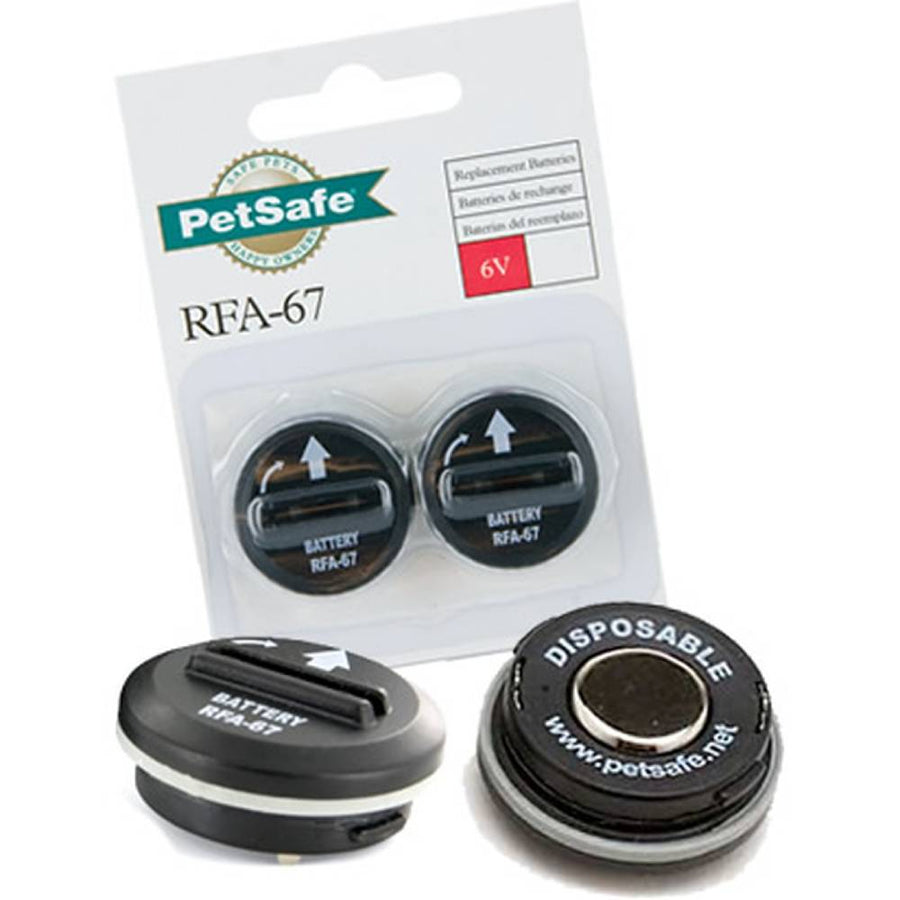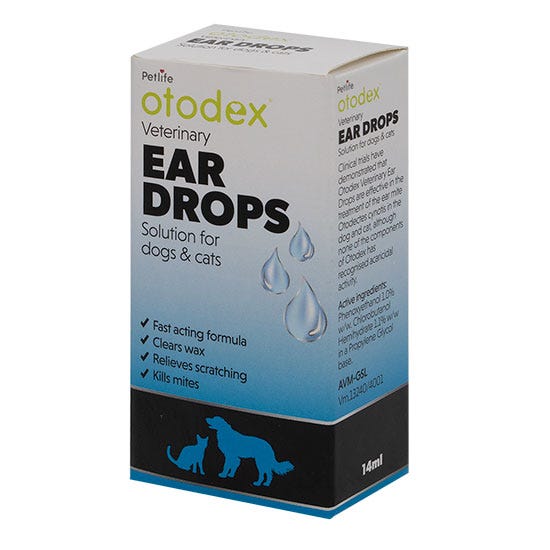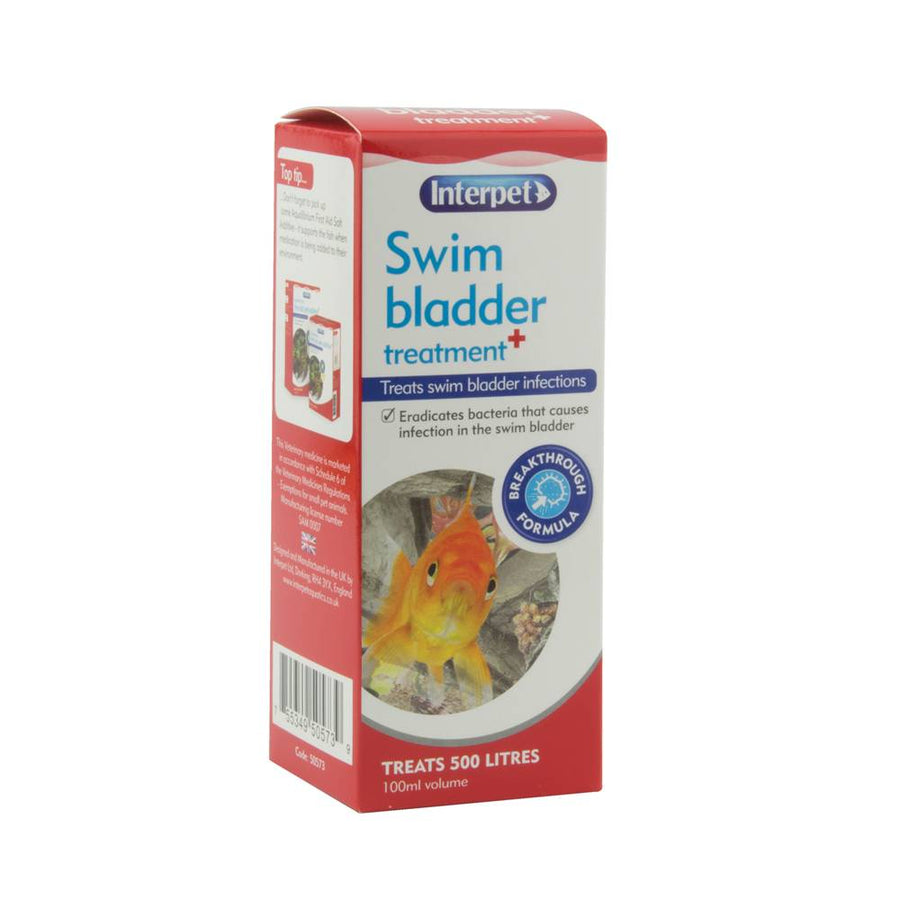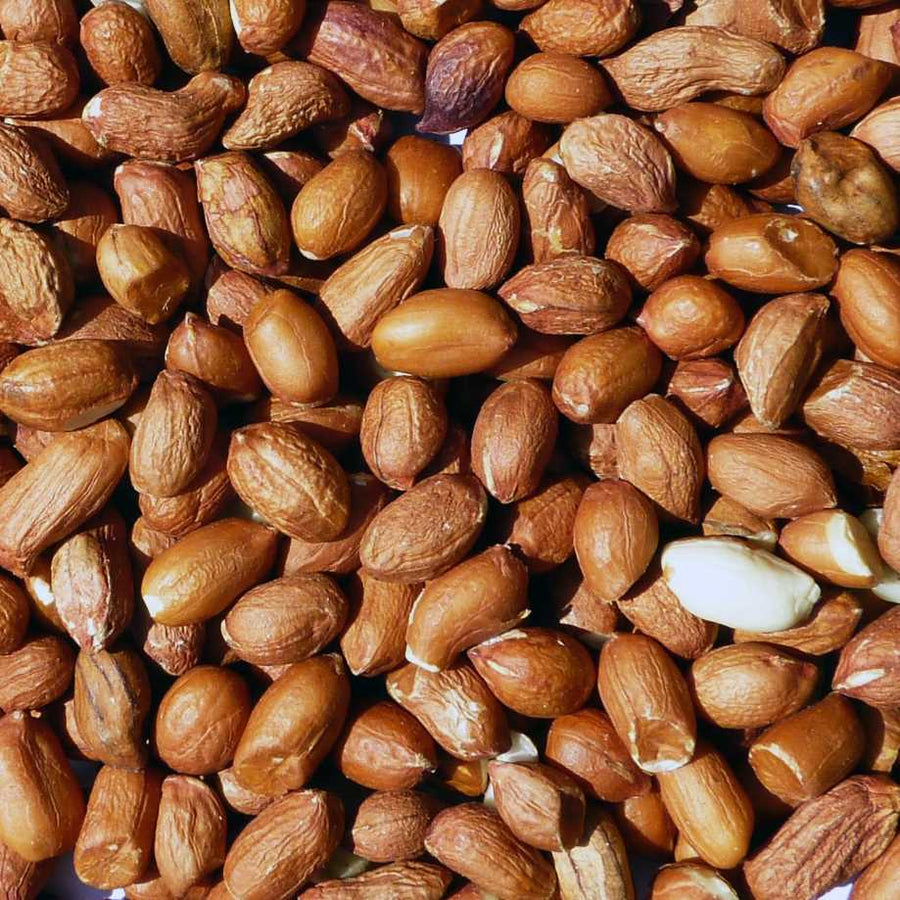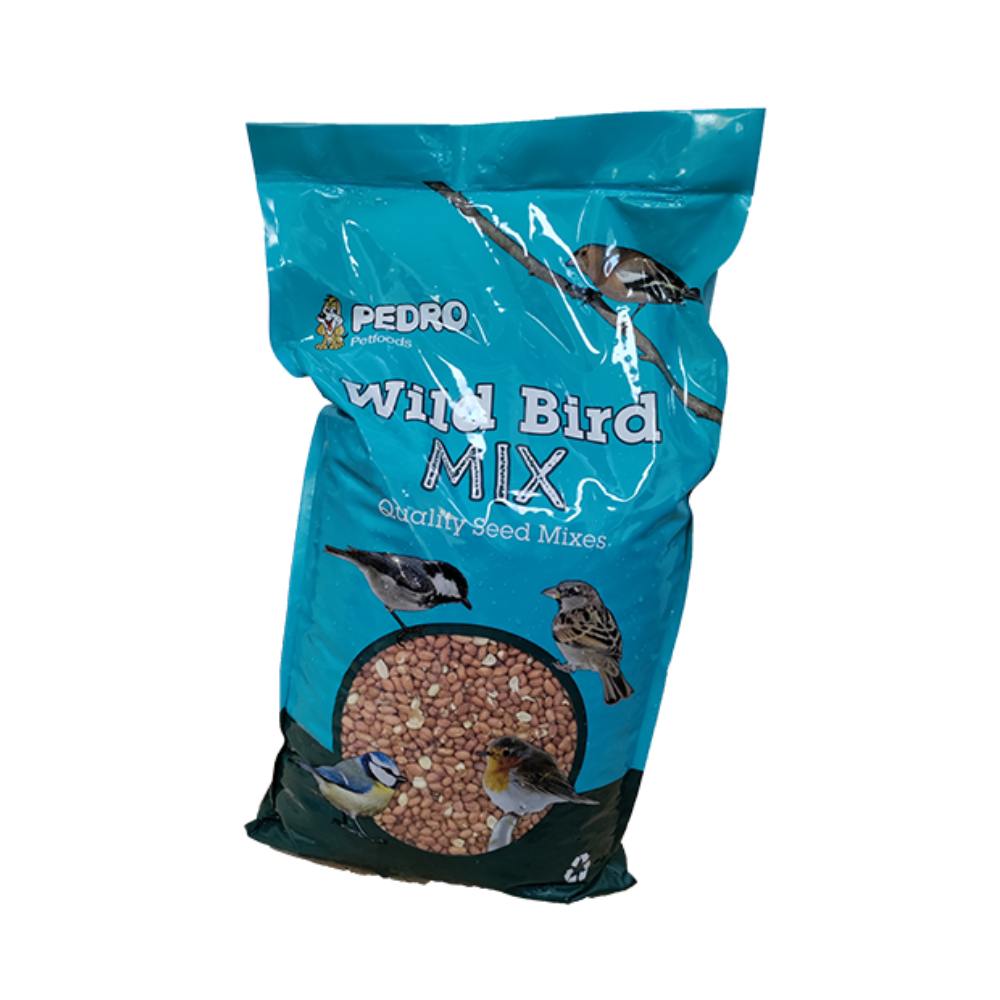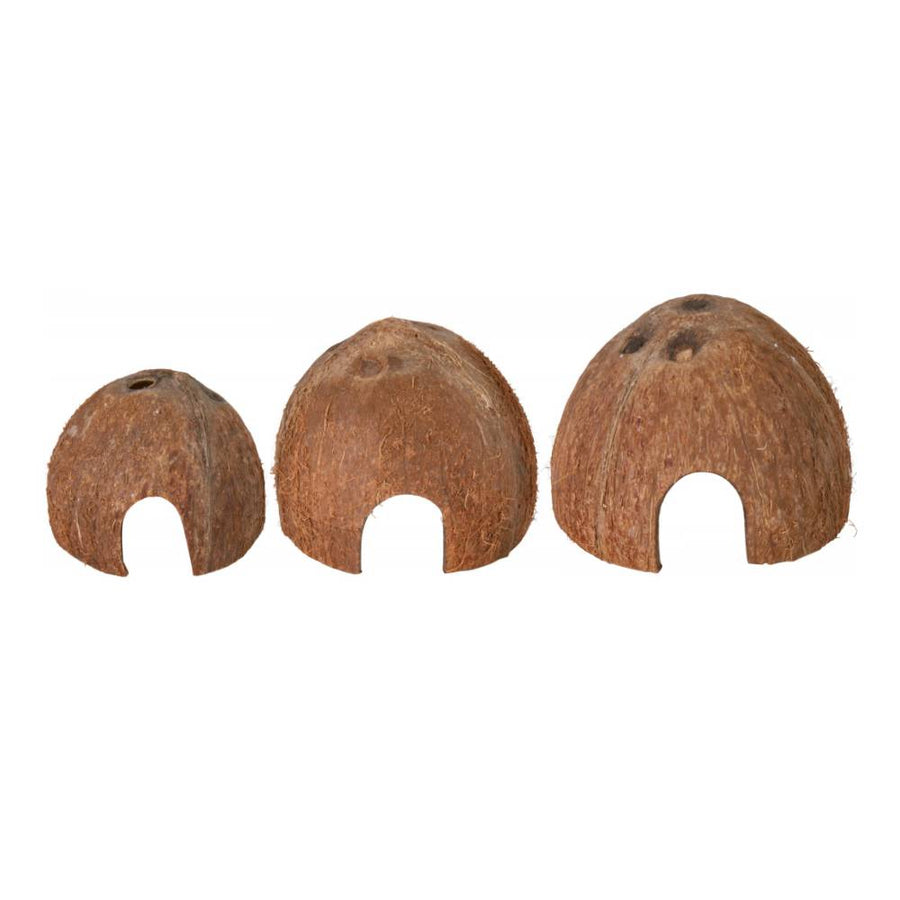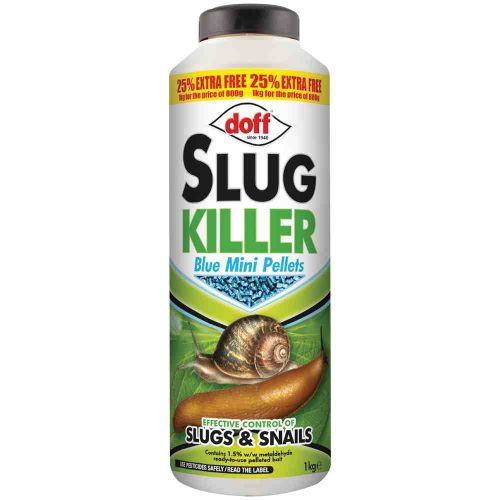Fish Types
{{block type=”cms/block” block_id=”banner-fish”}}
Type of Fish
{{block type=”cms/block” block_id=”social”}}

Black Widow Tetra
Common Name: Black Widow Tetra
Scientific Name: Gymnocorymbus ternetzi
Family: Characidae
PH: from 5.8 to 7.8
Size: 6 cm
The ‘Black Widow’ has earned its name due to its colouring. It is easy to breed and reproduce and is the perfect occupant for a 100 litre aquarium. They originate from Rio Paraguay, Rio Guapore and Bolivia. The Black Widow Tetra likes to inhabit gently flowing, clear, brownish-coloured waters. The male has colourless pectoral and ventral fins and his dorsal fin is longer. The Black Widow is sociable when it lives in groups and can live with other characins and dwarf cichlids. Black Widows will eat flakes but they particularly like insects and Drosophilia. The Black Widow likes a temperature between 20-26 degrees and has a life expectancy of 4-5 years. As they grow older, their colouring becomes duller.

Bronze Catfish
Common Name: Bronze Catfish
Scientific Name: Corydoras aenus
Family: Callichthyidae
PH: from 7.0 to 7.2
Size: from 5-7 cm
Very similar to the Peppered Catfish, the Bronze Catfish also has a talent for tirelessly rooting about the bottom of the aquarium in search of food. It normally lives in groups and ignores the other occupants in the aquarium. The Bronze Catfish is omnivorous and particularly likes worm-like prey. It originates from Bolivia and Venezuela and its natural habitat is fast and/or gently flowing waters. The Bronze Catfish has a life expectancy of 4-5 years.

Calico Koi
Common Name: Calico Koi
PH: Requires a pH of 7.6, & hardness around 204ppm.
Reaches size of 60 cm, housing should be about 150 gallons. Half plants, half rocks & partly shaded. Temperature range of 68° – 75° F. Community fish, eats prepared food & vegetation. Egglayer

Congo Tetra
Common Name: Congo Tetra
Scientific Name: Phenacogrammus interruptus
Family: Alestidae
PH: from 6.2 to 6.8
Size: up to 10 cm
This gregarious species which occupies the upper third of the aquarium originates from the Congo Basin. Its natural habitat is calm, slow, flowing waters. The more colourful male has longer stripes in the middle of its caudal fin; its dorsal fin is also longer. Congo Tetra are not difficult to feed. They are carnivorous and like live prey and frozen food. This is a sociable species and be can put with other characins and some cichlids. The Congo Tetra is sensitive to poor water quality and likes a temperature of 24 to 26 degrees. Their life expectancy is from 6-7 years.

Fan Tail
Common Name: Fan Tail
Scientific Name: Carassius auratus
Family: Carassius auratus
PH: 7.6 approx.
Size: reaches size of 10 cm
The Fantail is the western version of the Ryukin. It has a ryukin’s egg-shaped body without the shoulder hump and with rather less exaggerated paired finnage, and that is a fantail. It may have either metallic or nacreous (pearly) scales. Varieties include the calico fantail and the red and white fantail. The fantail can be sensitive to prolonged exposure at low temperatures and should ideally be kept at a temperature range of 13-21 degrees. The Fantail likes an aquarium of half plants, half rocks and partly shaded. These fish are constantly sifting through the gravel, uprooting plants and decor.

Glowlight Tetra
Common Name: Glowlight Tetra
Scientific Name: Hemigrammus erythrozonus
Family: Characidae
PH: from 5.8 to 7.8
Size: 4 cm
The Glowlight Tetra has a luminous band of fluorescent orange and is a fish which is very well suited to a community aquarium. It is very sociable and lives in groups well. The Glowlight Tetra originates from the Essequibo River in Guyana and lives in gently flowing waters. The male is smaller, slimmer and more colourful than the female. It likes a temperature between 21 and 23 degrees. The Glowlight Tetra is omnivorous and is not difficult to feed. It accepts frozen food, as well as granulated or flaked food and loves brine shrimp naulpi and Grindal worms. The Glowlight Tetra has a life expectancy from 3-5 years.

Guppies
Common Name: Guppies
Scientific Name: Poecilia reticulata
Family: Poecilidae
Size: Males-1.2-1.6in, Females: 2.6in
The Guppy is one of the most popular aquarium fishes. It is a very colourful and active species. The males are the favourite because of their long, flowing caudal fins and often gaudy colours. All male guppies have the anal fin in such a way that it is easily distinguished from the female’s fan-shaped anal fin. The Guppy originates from Central America and Brazil. They feed on small live or frozen aquatic invertebrates, such as daphnia, mosquito larvae and bloodworm. They will also eat flake foods. The Guppy is bred commercially by the thousand. Male guppies are sexually mature at three months and the females earlier than that. They bred readily and a good-sized female may produce 20-40 young. The long, flowing tails of the guppy is often a tempting snack to other fish. Angels and tiger barbs are known for nipping at the tails of guppies.

LionHead
Common Name: LionHead
Scientific Name: Carassius auratus
Family: Carassius auratus
PH: 7.6 approx.
Size: reaches a size of 10 cm
The Lionhead, which is very similar to the Ranchu, is a hooded fish and reputed to be a delicate fish. The Lionhead is a fish developed by the Chinese. It gives an impression of strength and is sometimes called the ‘buffalohead’. The hood can cover the top of the head only, or extend over the cheeks, or completely encase the head, cheeks and gill covers. The older the fish, the more pronounced the hood will be. The Lionhead can have either metallic or nacreous scales. It has a short, deep body with an arched back and no dorsal fin. Lionheads can sometimes be sensitive to low temperatures.

Moors
Common Name: Moors
Family:
PH:
Size:
This metallic, black or red, veiltailed fish has a double caudal and anal fins and a flaglike dorsal fin. There is a hint of bronze colour in the scales of the belly and over time it may lose its velvet like appearance. The moor has a high back and beady, protruding eyes. Like all short bodied fish, they are prone to swim bladder trouble unless kept warm and fed on live food, such as daphnia.

Neon Tetra
Common Name: Neon tetra
Scientific Name: Paracheirodon innsel
Family: Characidae
PH: from 5.8 to 7.8
Size: 4 cm
The Neon Tetra is a very popular fish and this is without doubt because of its fantastic luminous coloration. It originates from Eastern Peru and likes to inhabit slightly mineralised and shady waters. Neons live in tight shoals in the wild. In the aquarium, the more there are, the happier they will be. The Neon is very sociable and peaceful and can be put with other small fish with the same requirements. The optimum temperature at which to keep this species is between 20 and 22 degrees but it will tolerate higher temperature for short periods. These carnivores love live prey like Daphnia and Brine Shrimp larvae but also accept frozen food and flakes. The female can be identified by the fact that it has a more rounded belly than the male. Neons have a life expectancy of 5-6 years and should not be confused with its cousin, the Cardinal, which prefers higher temperatures.

Pepered Catfish
Common Name: Pepered Catfish
Scientific Name: Corydoras paleatus
Family: Callichthyidae
PH: from 6.8 to 7.4
Size: male- 6 cm female- 7 cm
The catfish is active during both day and night and always searching for food along the bottom of the aquarium. It likes to live peacefully but it is always active. It suits a community tank as it takes little notice of its aquarium companions. The Peppered Catfish originates in Brazil, Paraguay, and Uruguay and its natural habitat is rivers with areas of rapid current. It appreciates all types of food but shows a preference for red midge larvae. The Peppered Catfish has a life expectancy of 8-10 years.

Rummy Nose Tetra
Common Name: Rummy Nose Tetra
Scientific Name: Hemigrammus bleheri
Family: Characidae
PH: from 5 to 6.4
Size: 4,5 cm
The colour of this fish has given rise to its common name. Rummy Nose Tetras are very peaceful and live best in shoals, with all other small charcidae. They originate from the River Cuiluni in North-West Brazil. They naturally live under the cover of roots, plants and branches that fall in the water. The female is plump in appearance and the male is more brightly coloured. The Rummy Nose Tetra will eat flakes but especially likes small live prey. It likes temperatures from 25 to 28 degrees. And has a life expectancy from 3-4 years.

Ryukin
Common Name: Ryukin
The ryukin was developed in 1680 and is a short deep bodied metallic fish with a hump in the shoulder region.
It has a high dorsal n and a pointed head. The tail fin is forked and divided and the anal fins are paired. The ryukin is a very hardy and popular fish. There are numerous colours and varieties available including the calico version.

Sword Fish
Common Name: Swordtail
Scientific Name: Xiphophorus helleri
Family: Poeciliidae
PH: Higher than 7
Size: from 8-12 cm not including the male’s sword.
The swordtail, so-called because of the male’s tail, in a common sight in our aquariums. It originates from Central America, particularly Mexico and frequents quiet, vegetated rivers with fairly fast flowing areas and lakes. The swordtail is calm among other species and should be kept with fish of the same or smaller size. It likes to feed on greens and live food (or frozen), as well as several times a day with some flakes. A lot of vegetation suits this fish and allows it to hide and it offers some security. The swordtail is a very active fish and it occupies the whole aquarium. The ideal temperature for swordfish lies between 25 and 26 degrees c.

Shubunkin
Shubunkins or Calico Goldfish are very beautiful, colourful, hardy fish. The shubunkin is a single tailed fish and has nacreous scales.
They may reach u to 15 cm in size. The shubunkin can be boisterous with other fancy goldfish, chasing and nipping their tankmates. The London Shubunkin is similar in shape to the common goldfish, but with rounded ends to the tail. It should have patches of red, yellow and black, along with dark speckles, on a bright blue background. The Bristol Shubunkin is a slimmer, longer bodied fish, with more developed fins. The tail fin should be large and forked. Its coloration is identical to that of the London Shubunkin.
{{block type=”cms/block” block_id=”fish-innerpages”}}


